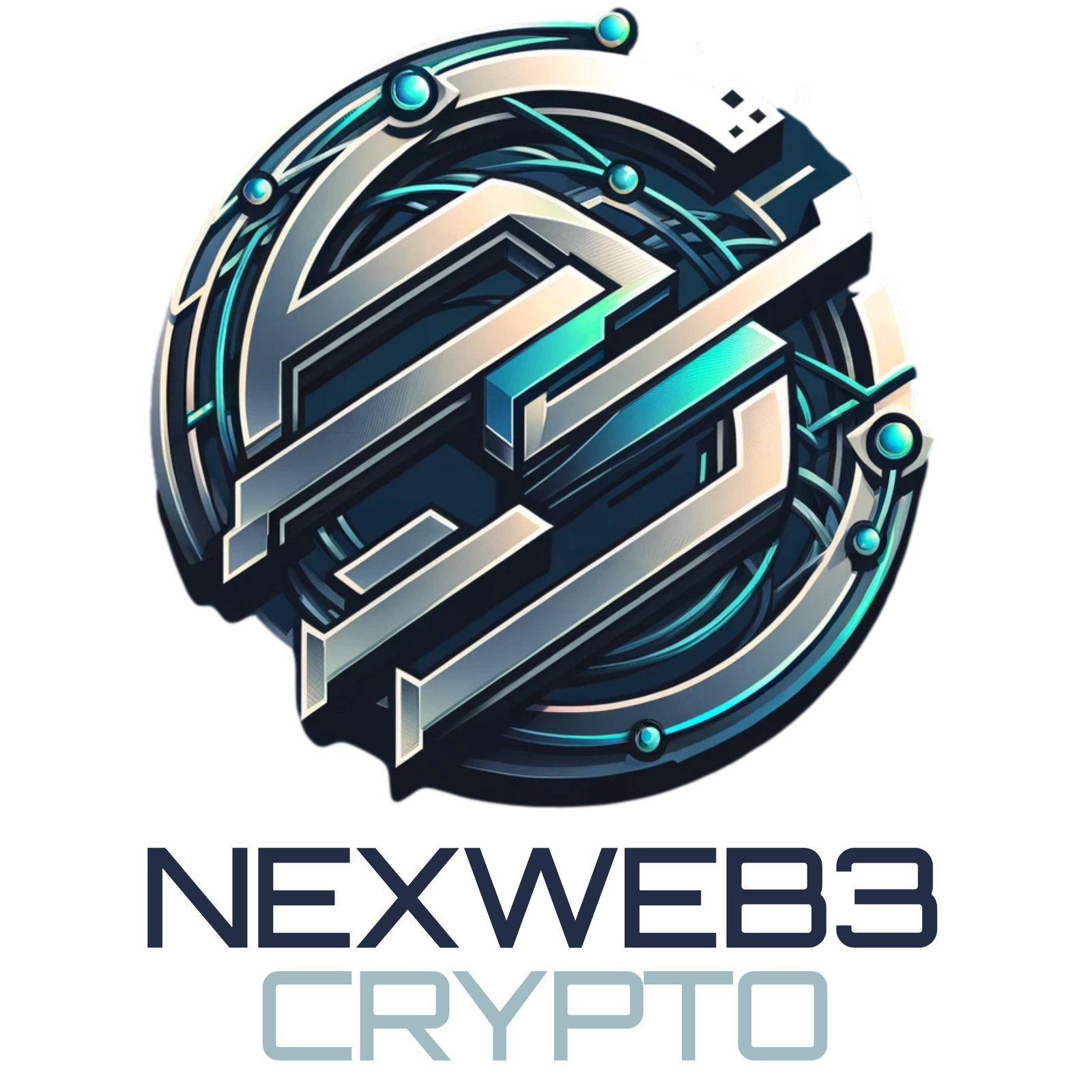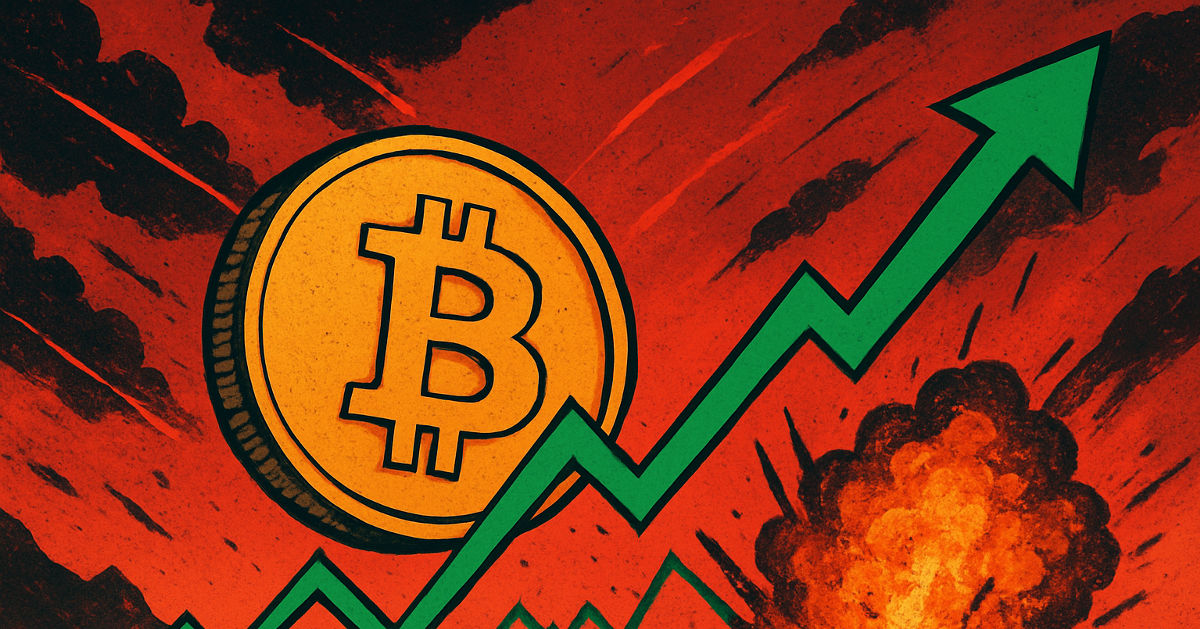In the ever changing landscape of cryptocurrencies stable coins have emerged as a source of stability amidst unpredictable fluctuations. These unique financial instruments are designed to maintain consistent value by pegging themselves against fiat currencies like US dollars or commodities such as gold. This stabilization mechanism helps users avoid price volatility that is common among traditional digital assets like Bitcoin and Ethereum. Stable coins offer an alternative for those seeking more predictability in their investments while still enjoying the benefits of using blockchain technology.

Stable coins come in various forms and their mechanisms differ significantly. They can be classified into three main categories: fiat backed, crypto backed or algorithmic stablecoin. Fiat backed ones are directly linked to a physical currency reserve held by banks or equivalent assets like Tether (USDT) which has an equal amount of USD stored away as reserves for each token issued. Cryptocurrency based stability relies on over collateralization where other cryptos act as security measures against any fluctuations – such is the case with DAI that uses smart contracts tied up with multiple digital currencies as its backup plan when needed.
The key takeaway here is that regardless of how they operate there’re many options available within this category of digital assets offering users flexibility while still maintaining some level of predictability amidst volatile markets.
Algorithmic stable coins offer a unique solution for ensuring stability in the cryptocurrency market. Unlike traditional methods that rely on external assets these digital currencies use algorithms and smart contracts to adjust supply based on demand dynamically. Essentially this is an automated monetary policy where creators can intervene when necessary without relying on fiat currency or other crypto backings. With algorithmic stablecoins we have access to innovative solutions for managing volatile markets effectively.
The cryptocurrency ecosystem has evolved significantly over the years with stable coins playing a crucial role in bridging traditional finance and digital currencies. These coins offer several benefits that make them essential for users who want to transact securely without worrying about sudden price drops or fluctuations. Businesses also benefit from accepting payments via these coins since they provide protection against volatility risks associated with conventional cryptos. In essence, stablecoins are an integral part of modern day financial transactions offering stability and security across borders while promoting growth within this dynamic industry.
While stable coins offer numerous benefits for investors and traders alike there are also potential risks involved. Regulatory bodies worldwide have been increasingly scrutinizing these projects due to concerns about transparency regarding their reserves or operational practices. Additionally if too many users attempt redemption simultaneously during times of market stress this could compromise the stability promised by such currencies – known as a “bank run” scenario. Investors should carefully consider both sides before deciding whether or not stablecoins align with their financial goals.
The future of stable coins is shaping up to be an exciting one with trends and innovations on the horizon. However there are also significant regulatory challenges that need addressing before this technology can reach its full potential. As governments explore CBDCs how will they impact existing decentralized models? Meanwhile cross chain interoperability could enhance liquidity by allowing seamless transactions across various platforms regardless of blockchain boundaries – making it easier for people everywhere to use these digital currencies in their daily lives.
The integration of decentralized finance (DeFi) applications with stable coins could unlock new financial services while maintaining price stability for users engaging in lending protocols or yield farming opportunities. This marriage has great potential and deserves exploration as it may lead to significant advancements within the industry.
The world of finance and technology is constantly evolving at a rapid pace. However one thing remains clear: stable coins are not just another passing trend but rather an essential component in shaping the future direction of cryptocurrency ecosystems. Whether viewed as tools for everyday transactions or key players influencing regulatory frameworks moving forward – these fascinating digital assets serve as vital links between crypto’s limitless potential and much needed stability. As we navigate this dynamic landscape it becomes increasingly apparent that without stablecoins our progress would be severely hindered. Therefore its important to recognize their significance now more than ever before if we want to continue making strides towards greater financial freedom through decentralized systems.







